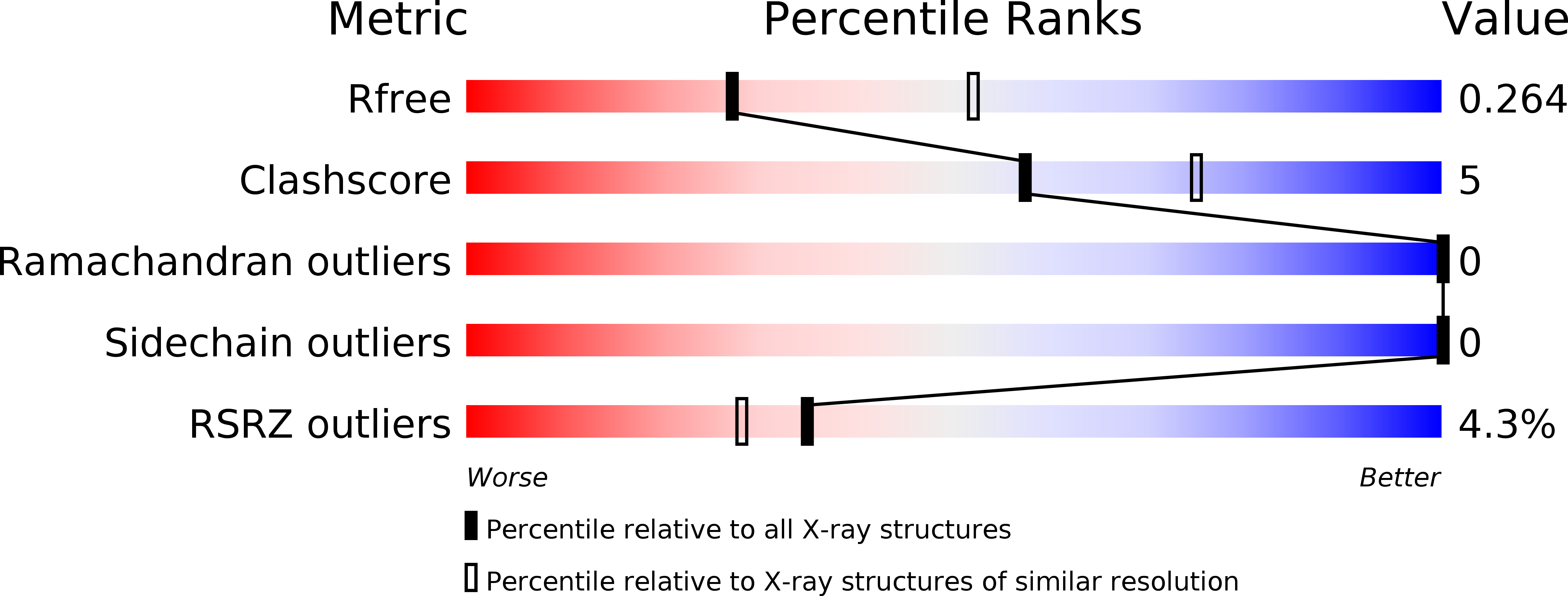
Deposition Date
2017-02-15
Release Date
2017-12-27
Last Version Date
2024-05-08
Method Details:
Experimental Method:
Resolution:
2.59 Å
R-Value Free:
0.25
R-Value Work:
0.19
R-Value Observed:
0.19
Space Group:
P 21 21 21


